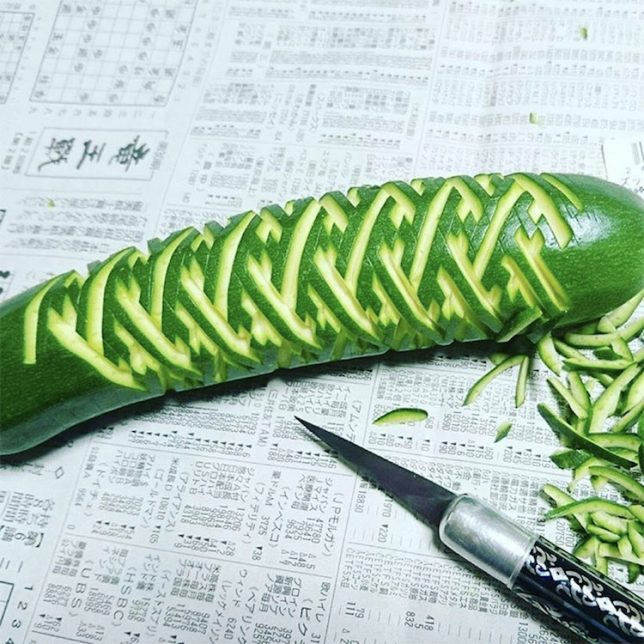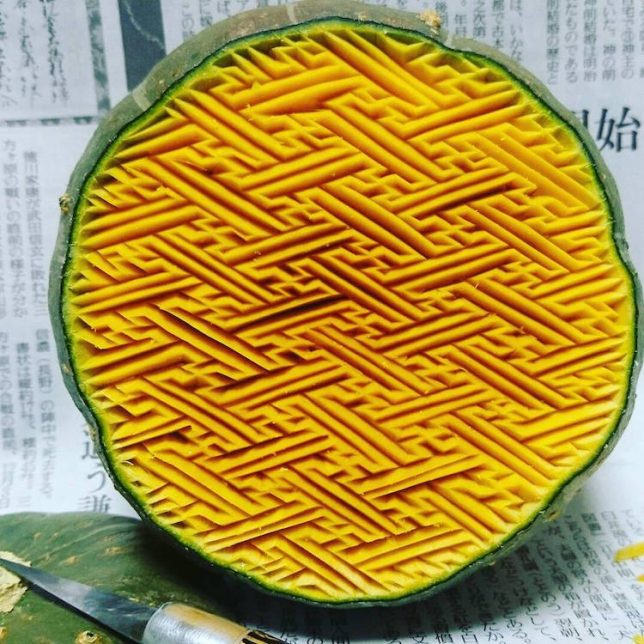 |
Chinese smartphone manufacturers Xiaomi and Oppo first showcased new technology that allows for the front camera in smartphones to be installed under, and capture images through the display in the middle of last year. The main benefit of this new technology is the eradication of unsightly large display bezels, notches or punch holes for housing the front camera.
The technology eventually made it into prototype devices but in January 2020 Xiaomi VP Lu Weibing said it should not be expected to arrive in a production device any time soon, as there were still a number of challenges to overcome.
 |
The principal reason given at the time was the high pixel-density of modern smartphone displays which blocked too much of the incoming light. In combination with the small image sensors of most front cameras, this meant severely limited light gathering capabilities and ultimately sub-par image quality, especially in low light conditions. In addition diffraction from the protective glass could lead to color issues.
However, it appears it’s taken less time than expected to solve this issue. According to reports in Chinese media, Visionox, a major OLED manufacturer, is ready to start mass production of displays with under-screen cameras.
Visionox claims it has been able to increase light transmittance and reduce diffraction by using different organic and non-organic film materials that offer higher transparency. On the software side of things, a new algorithm is capable of correcting brightness and color casts as well as viewing angle issues. It also removes the glare that could be seen in sample images from early prototypes.
The pixel density on the portion of the display covering the camera lens has also been modified to allow for better light transmission. On a Full-HD display, the resolution in the specific area where the camera is located could be reduced to HD or even SD levels. We’ll have to wait for the first production devices to see if the change in resolution will be noticeable on the display and if image quality is comparable to more conventional front camera implementations.
 |
Visionox says hundreds of new technologies have been applied in order to get to the mass production stage. Even with the company in a position to manufacture the new type of displays now it’ll still be a while before we can expect devices equipped with the technology. The first models with under-display cameras are expected to see the light of day in Q1 2021.
Articles: Digital Photography Review (dpreview.com)
 Earlier this week, Canon Rumors reported that Sigma has created a roadmap for Canon RF lenses and that this roadmap will be unveiled in “early 2020.”
Earlier this week, Canon Rumors reported that Sigma has created a roadmap for Canon RF lenses and that this roadmap will be unveiled in “early 2020.”
 If you’ve been hoping Canon will produce a high-resolution professional mirrorless camera, then you’re in luck.
If you’ve been hoping Canon will produce a high-resolution professional mirrorless camera, then you’re in luck.





















You must be logged in to post a comment.